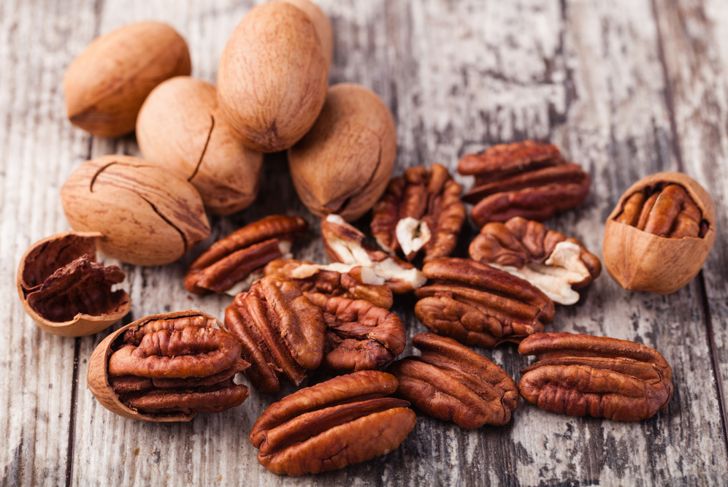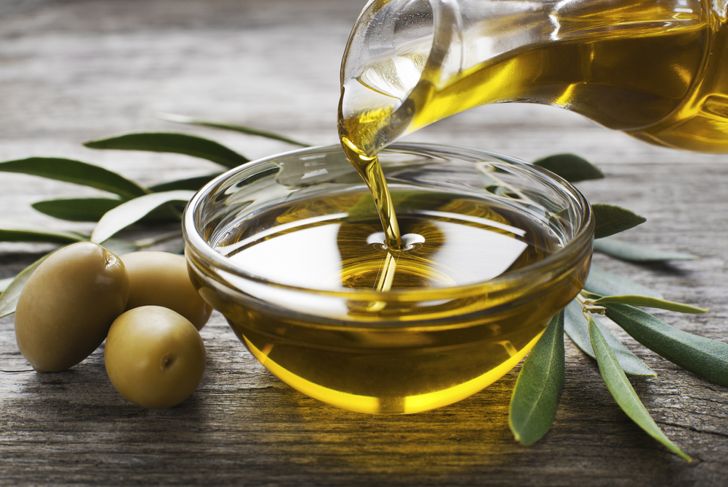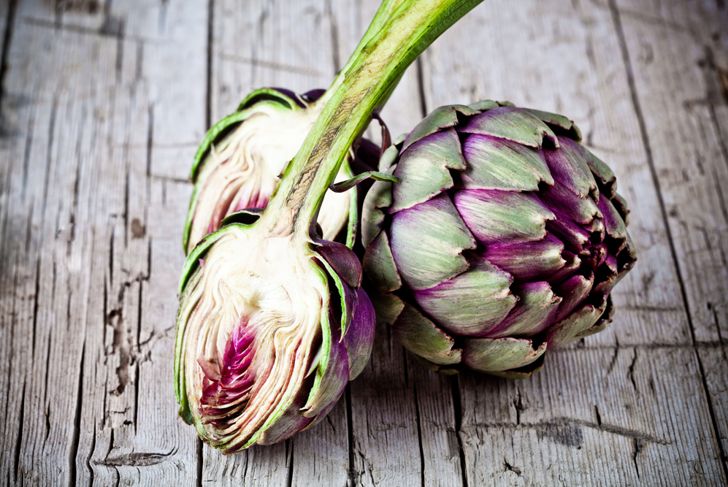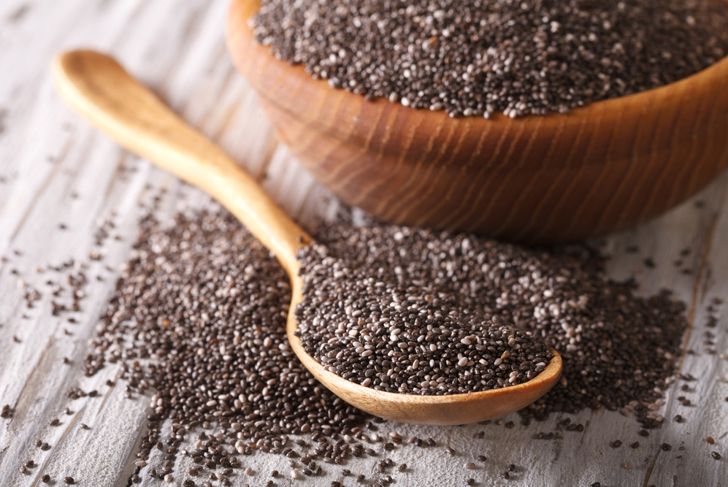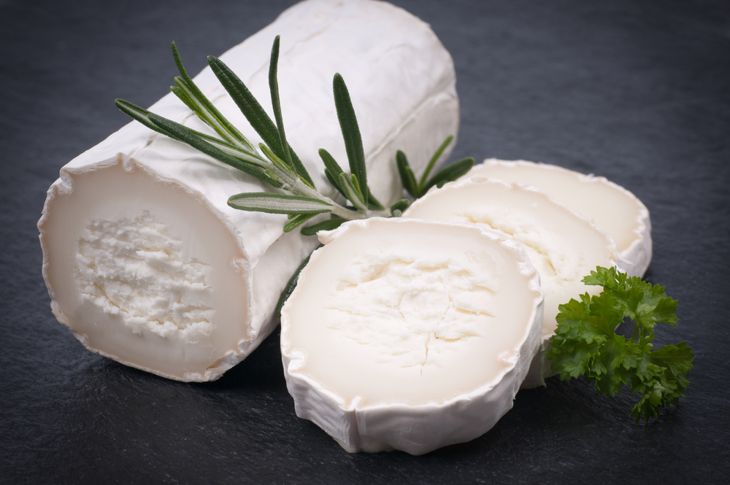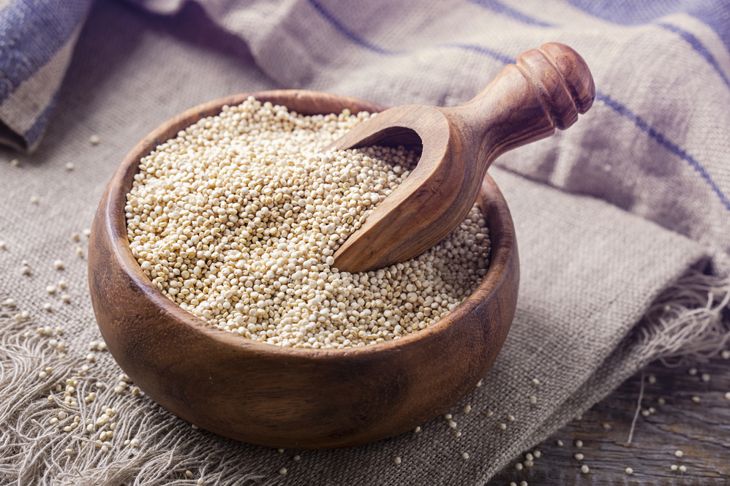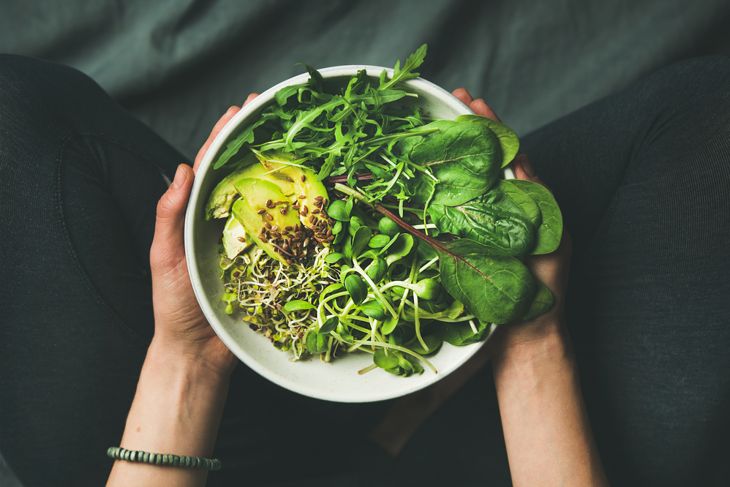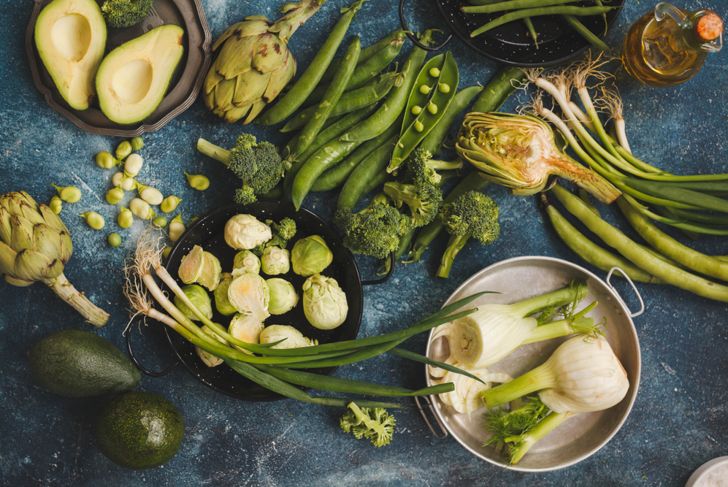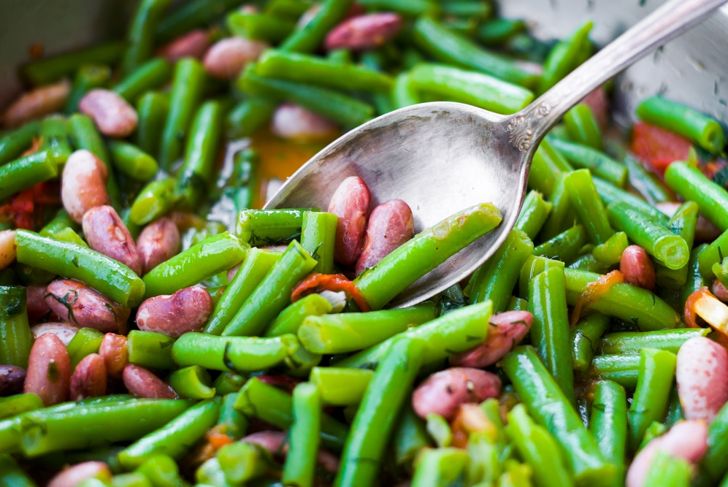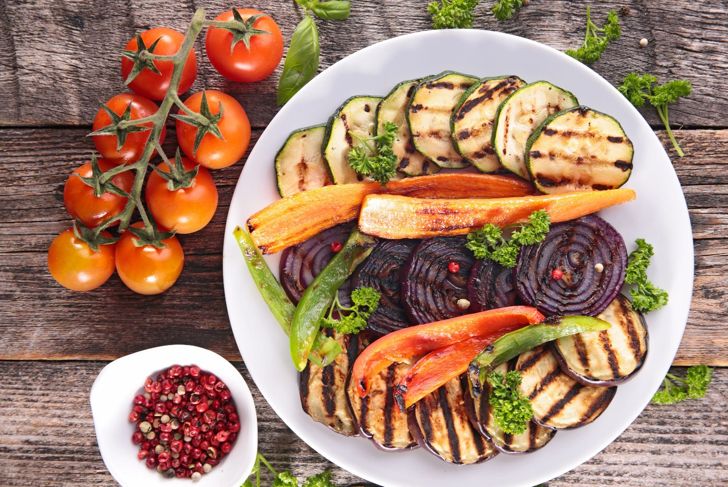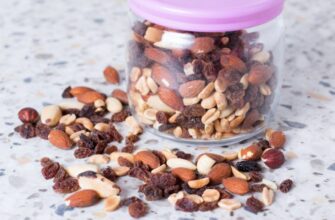The vegan diet incorporates whole, plant-based foods and eliminates animal products. The paleo diet is a regimen based on the idea that our bodies do best when fueled by foods that existed during the Paleolithic era, about 10,000 years ago. When both diets are combined, the pegan diet is born. The diets are built on the same foundation as the whole foods diet. Both vegan and paleo diets focus on foods that keep blood sugar stable and typically limit processed foods. Detoxification will result from following the pegan diet because it is inclusive, not exclusive. It is based on an abundance of low-glycemic fruits and vegetables, getting in essential vitamins and minerals.
Choose Low Glycemic Foods
Low glycemic foods have less of an impact on spikes in blood sugar. The lower a food’s glycemic index, the less it affects blood sugar and levels of the hormone needed to manage it. It is essential to focus on pairing carbohydrates with protein and fats to decrease the impact on blood sugar. Nuts (almonds, walnuts, pecans) and seeds (flax, chia, hemp) are some great examples of healthy fats. Other options include avocados, olive oil, fatty fish, and coconut.
Choose Healthy Fats
Healthy fats include good fats, such as oils and nuts. Research suggests that these fats help to ward off type 2 diabetes. Studies also indicate that trans fats increase the risk for heart disease, so it is important to differentiate the two. Trans fats are found in processed foods such as chips. Avoid vegetable oils such as canola oil, corn oil, and soybean oil.
Half Your Plate is Plants
Your plate should primarily be filled with low glycemic fruits and vegetables. Aim for 50-75% of the foods you consume every day. Some options for low glycemic fruits include green apples, strawberries, bananas, pomegranate, figs, mangos, and apricots. Low glycemic vegetables include artichoke, arugula, asparagus, eggplant, celery, cabbage, and brussel sprouts.
Eat Nuts and Seeds
Eating nuts and seeds will provide you with protein, minerals, and good fats. If you happen to be allergic, consider taking supplements for omega-3 or eating healthy oils such as olive oil. Small amounts of cold-pressed nuts and seeds like sesame and walnut oils are great for use as condiments.
Stay Away From Dairy
Milk and dairy products are not necessarily part of a pegan diet. It is best to consume a healthful diet of fruits, vegetables, legumes, and other nutrient-dense foods that can help you meet your calcium, potassium, riboflavin, and vitamin D requirements. If you feel that cheese is a staple in your diet, consider eating organic goat cheese and sheep products.
Eliminate Gluten and Most Grains
If you already do not eat gluten, consider eliminating it from your diet 80% of the time. Most of the gluten we eat comes from overly processed grain. Look for heirloom varieties such as einkorn. Quinoa and black rice in moderation are okay if eaten in small portions to limit a rise in blood sugar. Limit to ½ cup or ⅓ of a cup per meal three times a day.
Eat Beans Sparingly
Beans are a good source of fiber, protein, and minerals however they can cause digestive distress. They are also carbohydrates and can cause spikes in blood sugar levels. Lentils spike blood sugar less than beans. Limit beans to one cup cooked per day. Humans would forage for food, mainly plants, and catch them to eat. The meat was not as abundant and healthy plant fibers were the staple in the diet.
Eat Meat Sparingly
Consider meat a side dish on the pegan diet. Studies show that a plant-based diet may help in preventing heart disease. Type 2 diabetes can also be avoided with a plant-based diet. Fish contains omega 3 fats which is important for a healthy diet, however, if you are vegetarian or vegan, you can get omega 3 from algae. If you choose to eat fish, choose sustainably raised low-mercury fish. Vitamin D can come from animal products. Therefore it might be essential to take supplements if these foods are eliminated from your diet. And for vegans, Vitamin B12 supplements are critical to meet nutrient requirements.
Limit Sugar Intake
A high-sugar diet increases your risk of heart disease, diabetes, and weight gain. Sugar comes in many forms– including honey, maple syrup, molasses, and more. Fruits count as sugar and should be eaten about 3-4 times per day.
Personalize
Remember, everyone has unique nutrient needs. Seek advice from a health professional or Registered Dietitian before starting a diet to ensure it is safe for you.

 Home
Home Health
Health Diet & Nutrition
Diet & Nutrition Living Well
Living Well More
More